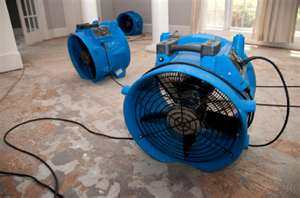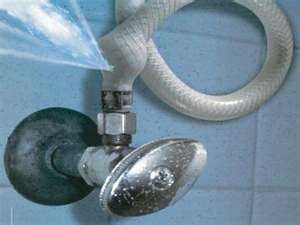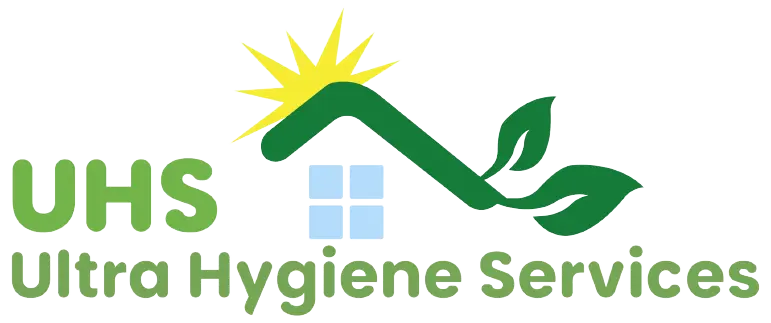Water Damage Restoration
Protecting your property from Water Damage Restoration
Swift Action, Complete Recovery
Immediate action to mitigate water damage and prevent further deterioration.
Utilizing high-powered equipment to thoroughly dry affected areas.
Comprehensive evaluation of water damage to determine the best restoration approach.
Repairing and restoring your property to pre-damage condition, inside and out.
+1 786-800-4598
We are one
of the most trusted and respected companies in the South Florida area for Water Damage Restoration.
- We are one of the most trusted and respected companies in the South Florida area for Water Damage Restoration.
- Water damage restoration: Do you know that if a surface remains wet for longer than 24 hrs. It is likely for the property to develop mold. Avoid unnecessary complications by reacting immediately after spotting the water lost occurrence. Sometimes flooding occurs due to natural disasters like excess rain, but other times it could be due to a broken pipe, water from a refrigerator or and air conditioning.
Water damage Restoration
restoration is critical within the first 24 hours in order to prevent mold.
- Swift action is vital to prevent mold and bacteria in water-damaged areas. We promptly fix the cause and extract standing water.
- For comprehensive water damage repair near you, we conduct a moisture study, set up containment barriers, and initiate structural drying using specialized equipment.
- Ceiling water damage repair is a priority in our process. We address issues promptly to ensure the safety and health of your home or property.
- Our restoration includes thorough cleaning, deodorization, and antimicrobial treatment for affected areas, especially crucial for sewer discharges. Trust us for effective water damage restoration.
Water Damage Restoration: What to do when you have water damage
1. Locate the Source
Do you know where the water is coming from? If a broken pipe is to blame, you can turn off the water source to stop the flow. Is it seeping in from cracks in the foundation? You’ll have to call in a pro to fix it. Knowing where it’s coming from can also determine whether or not the water is sanitary. Again, while a burst pipe under your sink isn’t ideal, at least it’s clean water. The same can’t be said for floods caused by a sewer backup.
You might not have to worry about this part if there’s only a small amount of water, but if you’ve got a significant flood in the basement, your electrical outlets might be submerged. The power should be cut for safety.
If your circuit panel is in the basement, do not attempt to reach it to turn the device off. Instead, call your utility company and have them turn off the power. When the water is removed, and you begin to dry out the space, call an electrician to inspect your wiring, including any electronic appliances that might have been damaged in flood, to see what is safe before plugging anything back in.
3. Call the Insurance Company
Putting in an insurance claim for water damage might not be the first thing on your mind when you’ve got a foot of liquid in your home, but you’ll want to call your homeowner’s insurance company eventually.
While you won’t likely have flood insurance covering natural events like hurricanes, you will probably be covered in the event of sewage backup or plumbing problems. Document the damage as best you can—the company will send an adjustor for a full inspection—and start your insurance claim.
One important reason to call the insurance company sooner rather than later is that they can likely make contractor recommendations for mold remediation specialists or water damage repair professionals in your area.
Remove wet items as quickly as possible when it is safe to do so. Some might be able to be dried out and salvaged. Other things, like submerged carpets, should be discarded. Leave any large appliances in their spots to dry out and seek an electrician’s advice on what might be safely used again.
You might be able to DIY your water damage repair, provided there’s not much flooding, and you can act quickly. Open up all the windows and doors to the affected space as much as possible. If you can safely do so, plug-in fans and dehumidifiers. The faster you can draw out the moisture, the better the chance you will avoid mold growth.
5. Contact a Water Restoration Professional
If you are dealing with feet instead of inches of water, it’s time to call in a pro. The specialist will not only have the equipment necessary to pump out and dry out your space more efficiently, but they will also know how quickly to do it.
6. Call a Mold Specialist
If you acted quickly to remove items and dry out the space within 24 hours of the water damage, there’s a good chance you were able to ward off mold growth. But don’t assume anything—and don’t assume you can see the mold, either. Mold spores grow anywhere unchecked moisture has been, which includes in HVAC ducts and underneath flooring.
Again, it’s probably unnecessary to call in a mold remediation specialist if you could remove the excess water with a mop or a couple of passes with a shop vac. But if it takes a long time for the water to recede and days to dry out the space, it’s a good idea to hire a professional to conduct a mold inspection for the health and well-being of your household.
It’s time to clean and sanitize once the space has been emptied and dried out. If the water was clean, like from a pipe burst, you could likely clean it on your own, using everyday cleaning products. But it’s better to call the pros to sanitize the area if sewage or other dirty water is involved.
8. Restore and Rebuild
If you’re a DIY expert, you might relish the opportunity to redo your space after a flood, involving anything from a fresh coat of paint on the baseboards to replacing flooring and drywall. For the latter scenario, you might want to call in a professional. But even if the flooding happened in an unfinished basement that you plan to keep unfinished, it’s essential to get a pro’s opinion on avoiding another issue like this in the future.
Of course, some things can’t be avoided, like hurricane season. But if the water damage was caused by poor drainage, you can explore ways of improving the drainage around your home’s foundation. Suppose you repair water damage due to a faulty household appliance or plumbing, repair or replace the offending parts. If you have new appliances or systems, inspect them regularly to avoid mishaps.
There are few things scarier for homeowners than finding water where it shouldn’t be. In the aftermath of flooding, though, it pays to stay calm and act quickly to maintain your safety and mitigate damage to your home and possessions. A good source of water damage is the EPA.


